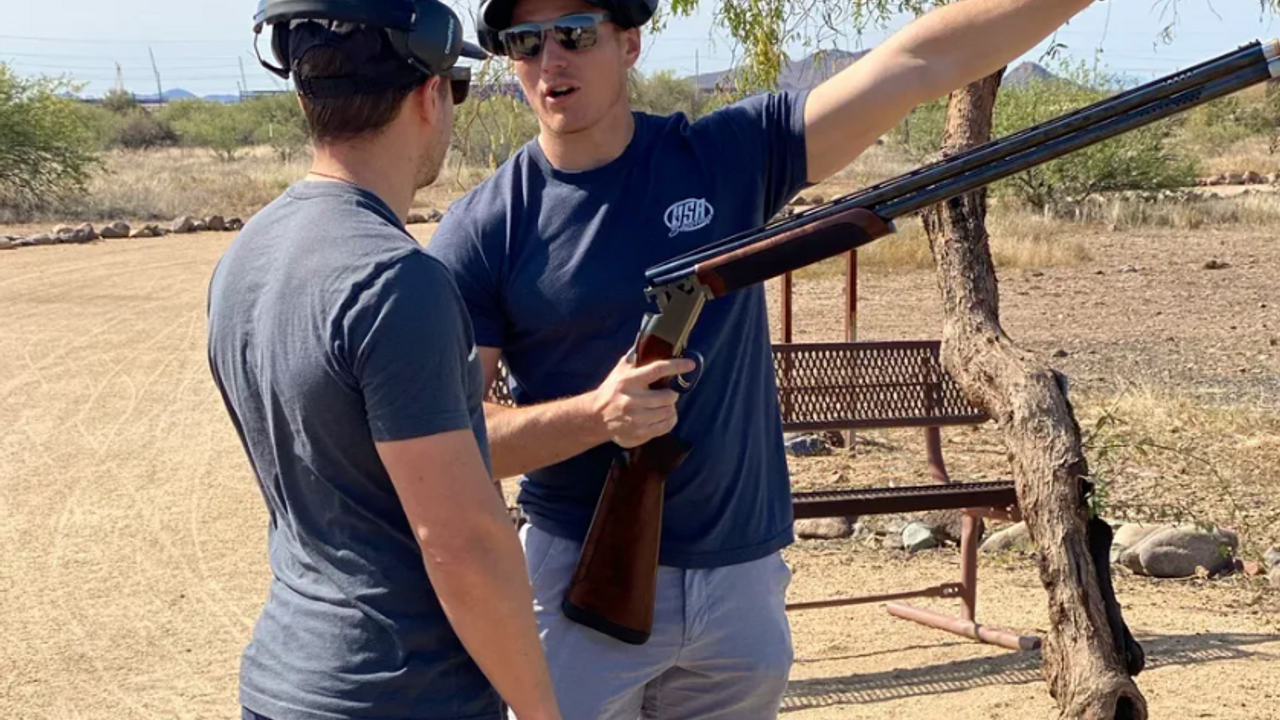How Do Olympic Shooting and Tactical Athletes Train?

How do Olympic Shooting and tactical athletes need to train? The physical, psychological, and emotional demands of these disciplines are high. Therefore, those who want to be successful at these sports and professions for a long time need to have a structured training plan in place to help facilitate the goals of enhanced performance with reduced injury risk.
Where to Begin?
All intelligently designed training plans should begin with a thorough assessment that takes the whole body into consideration looking for movement quality, impairments, and potential limiting factors that could lead to pain, injury, discomfort, and result in detriments is shooting performance. Therefore, I begin all of my evaluations by working with the feet from the ground up. The feet are our only contact with the ground and are intimately connection to the hips, pelvis, and low back. They also communicate necessary, nutritious information and data to our brain that tells our body how to move efficiently.
Check out one of my Pelvic Assessments as an example.
From here, we work our way up through the back, arms, shoulders, and neck to gather all of the information necessary to write a personalized program that fills in the gaps of the athlete’s movement literacy.
What is Necessary?
Physically, the shooting sports require a high level of endurance, strength, and stability to withstand the amount of training required for skill development and the highly stressful environment encountered in both competitive arenas and hostile territories.
Strength is relative. You are only as strong as your joint’s ability to stabilize that load. This is where most of my shooting athlete’s run into problems. Much of the bodybuilding and machine oriented training programs out there make your body very “muscle-oriented.” This means your muscles become stronger than the joints, leading to imbalances that result in chronic pain/injury and slower, less efficient movement of the gun.
The goal of our training programs are to rebuild the body and nervous system in a way that improves mobility and enhances balance, proprioception, and body (kinesthetic) awareness while building strength at a rate that improves tissue health without hindering performance.
Here is one of my favorite movement pattern exercises that facilitates the goals mentioned above.
When it comes to endurance training, we are looking for the minimal recoverable dose (MRD). This is the highest stress stimulus from which your body can recover. This means that you don’t, and shouldn’t, need to run 3 miles every day to see results. The goal of endurance training is to reduce the amount of fatigue felt during long days of competition. This can be accomplished through various forms of training that don’t include long bouts of mono-structural work on a treadmill or bike. Personally, I have found it very helpful to utilize circuit training of continuous movement at lower intensity, allowing us to achieve a cardiorespiratory response while improving mobility and stability. Most of my athletes already have enough going on each day, so efficiency is the name of the game.
The Difference Between Winning and Losing is in the 6 Inches Between the Ears.
Lastly, movement training does more than just improving the physical body. It helps influence the psychological and emotional state of the athlete by reducing levels of fear and anxiety, while at the same time improving confidence, self-esteem, mood, and well-being. If your body feels good, you will have more confidence in your abilities as an athlete, giving you the edge in times of higher stress when others begin to crumble due to sensations of discomfort and weakness.
If you want the edge on the competition, the key is personal excellence. That is what we cultivate here at Rooted in MVMNT. We empower YOU to take control of your own body by providing you the education and tools necessary to be successful in life and sport.


